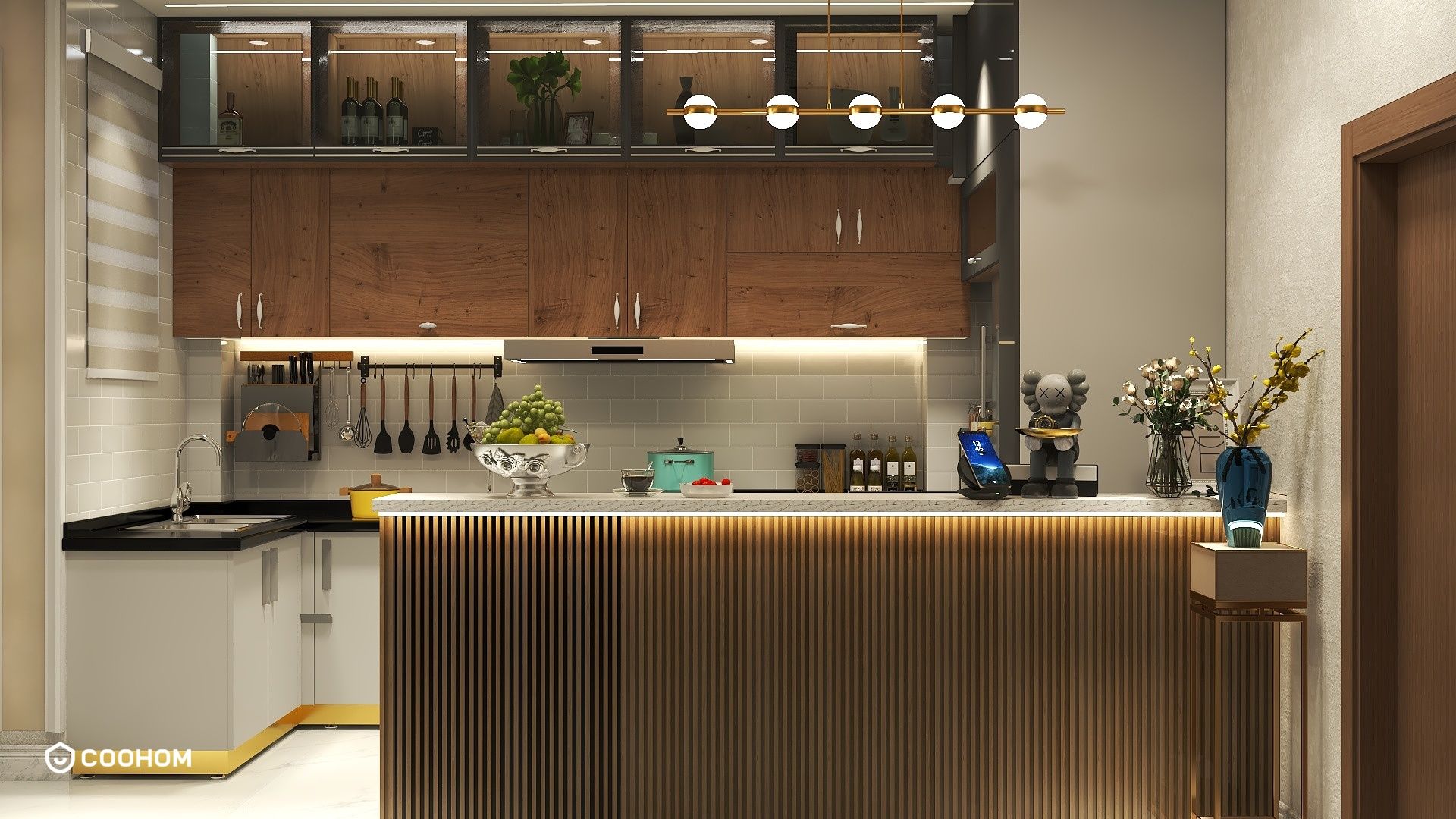Creating a Kids Minimalist Play Room: How to Design a Fun and Functional Space for Children

Designing a kids minimalist play room is an exciting opportunity to create a cheerful space that encourages creativity while maintaining a clean and organized environment. Minimalist design focuses on simplicity, functionality, and the use of space, making it an ideal choice for playrooms where clutter can quickly accumulate. In this guide, we'll explore various elements that contribute to a successful minimalist play room design.
Benefits of a Minimalist Play Room
A minimalist play room can greatly enhance your child's play experience. Here are some of the key benefits:
- Encourages creativity by providing a calm and uncluttered environment.
- Promotes organization, making it easier for kids to find and put away toys.
- Reduces distractions, allowing children to focus on imaginative play.
Essential Elements of Minimalist Play Room Decor
To create a minimalist play room, consider incorporating the following elements:
1. Neutral Color Palette
Choose soft, neutral colors for the walls and furniture. Shades like white, beige, or light gray create a soothing backdrop that enhances the space without overwhelming it. You can add pops of color through toys or art pieces.
2. Multi-Functional Furniture
Opt for furniture that serves multiple purposes. For instance, a bench with storage underneath can provide seating as well as a place to keep toys. Look for items that can be easily moved or reconfigured as your child's needs change.
3. Open Floor Plan
Keep the layout open to allow for free movement and play. Avoid bulky furniture that can create barriers and make the space feel cramped. Instead, use lightweight, movable pieces that can be easily rearranged.
4. Natural Light
Maximize natural light by keeping windows unobstructed. Use sheer curtains to allow sunlight to filter through while maintaining privacy. A well-lit room is cheerful and promotes a positive atmosphere for play.
5. Thoughtful Storage Solutions
Incorporate smart storage solutions to keep toys organized. Baskets, bins, and shelving can help maintain order while blending seamlessly with the minimalist aesthetic. Teach kids to put toys away after playtime to instill good habits early on.
Decorative Touches
While maintaining a minimalist approach, you can still introduce decorative elements that resonate with your child's interests:
1. Artwork
Display a few selected pieces of artwork or photographs that your child loves. This adds a personal touch without overcrowding the space.
2. Soft Textiles
Add comfort with soft rugs and cushions. Choose items that are easy to clean and complement the overall color scheme.
3. Nature-Inspired Elements
Incorporate plants or nature-themed decor to bring life to the room. Nature can be calming and inspire creativity in children.
Conclusion
Creating a kids minimalist play room is all about balance—between functionality and fun. By focusing on essential elements and thoughtful design choices, you can craft a space that is both enjoyable and serene for your little ones. Embrace the beauty of simplicity!
FAQ
Q: What are the best colors for a kids minimalist play room?
A: Soft, neutral colors like white, beige, and light gray work well. You can add colorful accents through toys and decor.
Q: How can I encourage my child to keep the playroom organized?
A: Use clearly labeled storage solutions and involve your child in the organization process. Make it a fun game to clean up after playtime.
Q: What type of flooring is best for a playroom?
A: Choose flooring that is durable and easy to clean, such as laminate or vinyl. Soft rugs can add comfort but should be washable.
welcome to Use No.1 Kids Room Layot Tool
Please check with customer service before testing new feature.

